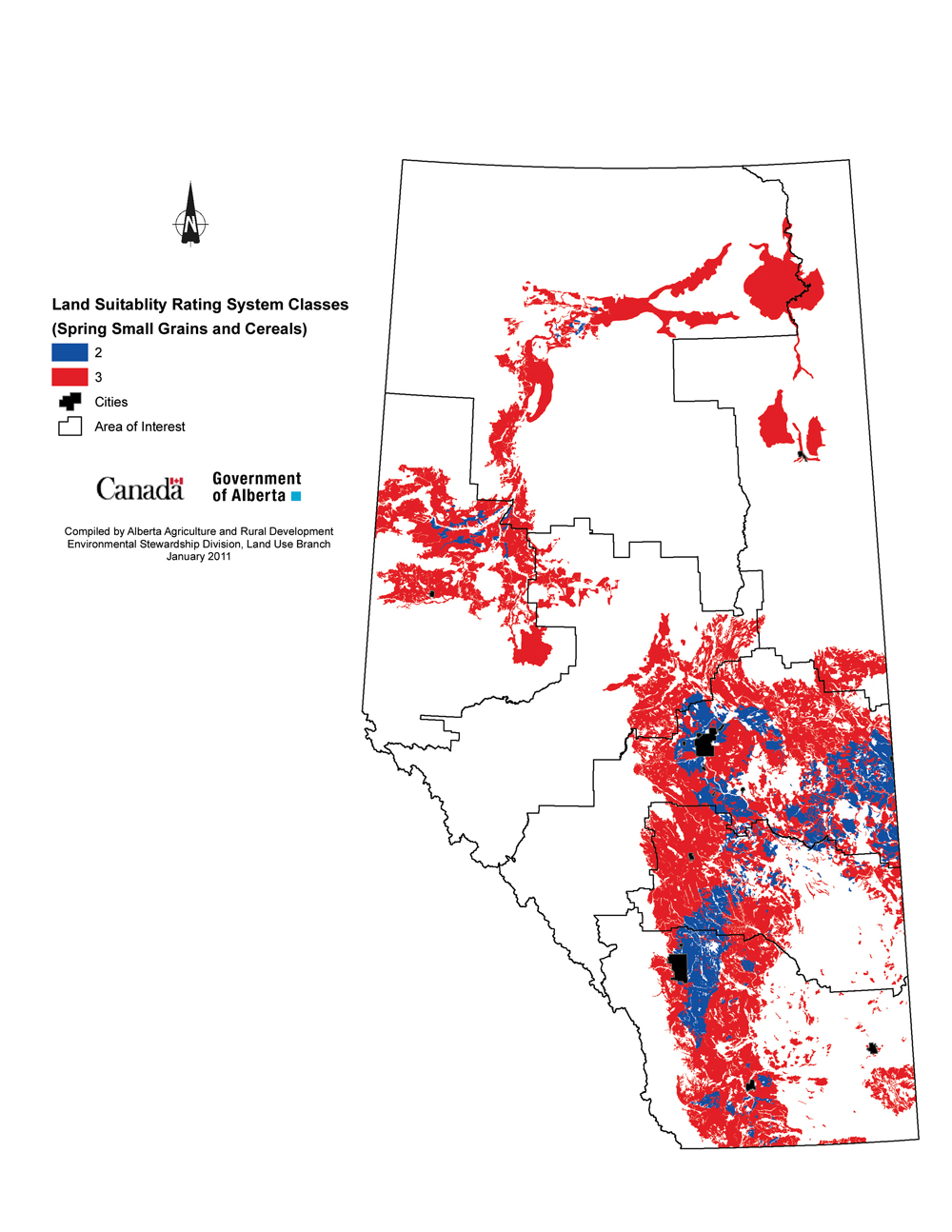Agriculture | Free Full-Text | Soil Erosion Threatens Food Production ...
www.mdpi.com/2077-0472/3/3/443/htm
by D Pimentel - 2013 - Cited by 104 - Related articles
Aug 8, 2013 - Considering these two countries together occupy only 13% of the world's total land area and have agricultural practices that have sustained agriculture for thousands of years, the estimated 75 billion tons of soil lost each year worldwide is conservative. The amount of soil lost from the United States cropland ..Land decay to displace tens of millions, global survey warns
Jamaica Observer-15 hours ago
MEDELLÍN, Colombia (AFP) — Land degradation will unleash a mass migration of at least 50 million people by 2050 — as many as 700 million unless humans stop depleting the life-giving resource, dozens of scientists warned yesterday. Already, land decay caused by unsustainable farming, mining, ...
Worsening worldwide land degradation now 'critical,' undermining ...
EurekAlert (press release)-Mar 26, 2018
EurekAlert (press release)-Mar 26, 2018
Who Owns U.S. Agricultural Land? - Modern Farmer
https://modernfarmer.com/2013/09/owns-us-agricultural-land/
Sep 27, 2013 - The USDA released a report today detailing foreign holdings of U.S. agricultural landas of December 2011, and it's pretty fascinating stuff. “Foreign persons” are defined as individuals who are not citizens of the U.S., foreign businesses and governments that have their principal place of business ina ... Fifty-two percent of the land is timber or forest with cropland accounting for only 19 percent of the total acres. Foreign held pasture and other agricultural land totals 27 percent of all foreign interest holdings in the United States.
Are farmers in Western Canada losing their most productive land?
https://www.grainews.ca/.../are-farmers-in-western-canada-losing-their-most-productiv...
Sep 8, 2016 - Sprawling urban developments are constantly taking our best agricultural land out of production. For example, the city of Calgary occupies an area of almost 600 square km with a population of over 1.2 million people.Loss of our prime agricultural lands
Agronomy Management: In Western Canada, we're losing our most productive lands

Location of Class 2 and 3 lands in Alberta using the Agriculture Canada Land Suitability Rating System. Alberta has no Class 1 agricultural land. Alberta’s Class 2 land is mostly located in the vicinity of Calgary.
Photo: Government of Alberta
Soil and water are the most important sustainable natural resources in Western Canada. Both are essential to produce food and sustain human life. We hear a lot about the dwindling quality and availability of freshwater supplies, but society does not recognize the importance of soil. We continue to lose more and more of our best agricultural lands to urban sprawl, rural residential developments, expanding rural industrial developments and the energy sector — but most people simply don’t care.
Alberta has a land area of almost 159 million acres but only 51 million acres are used for agriculture, of which 26 million acres are in native rangeland or tame pasture used for livestock production. This is mostly rated as Class 5 and 6 land. About 25 million acres are used for annual crop production. This is only 15.7 per cent of the total land area of Alberta, and none of it is Class 1 land. The best cultivated land in Alberta is Class 2, 3 and 4. Class 2 makes up less than four per cent of all land in Alberta. Alberta and Saskatchewan have no Class 1 land as defined by Agriculture Canada’s Land Suitability Rating System, which is based on soil type, climate and location.
Saskatchewan has a land area of 146 million acres with 31 million acres used for annual crop production (21.2 per cent). Manitoba has a land area of 135.5 million acres with 10.4 million acres used for annual crop production (7.6 per cent). Most Canadians are under the perception that vast areas of the Prairie provinces are used for crop production. In fact, the land available and suitable is very small — only 15 per cent of the total 441 million acres.
Sprawling urban developments are constantly taking our best agricultural land out of production. For example, the city of Calgary occupies an area of almost 600 square km with a population of over 1.2 million people. In 2012, Calgary grew by 35,000 people or 3.2 per cent. At a continued population growth rate of three per cent annually, Calgary could have 3.6 million people in 2050 and occupy a land area of 1,800 square km. Almost all the best agricultural land in southern Alberta is adjacent to Calgary. Much of this land could be lost from production in the next 40 years if present growth trends continue.
The oil and gas sector also threatens agricultural land. There are about 120,000 abandoned well sites on agricultural land in Alberta that need to be reclaimed. Saskatchewan has a similar problem. Reclamation procedures can greatly improve crop production potential, however, the soil cannot be returned to its original state. There is an estimated 110,000 km of pipelines crossing farmland in Alberta. In many cases, crop production on the disturbed pipeline right of way areas is only 60 to 80 per cent of pre-pipeline production. The land is still available for cropping after pipeline installation but crop production is often reduced as a result of the significant soil disturbances.
As our best agricultural lands are removed from production, there are limited opportunities to develop new lands for production. Lands that could potentially be developed are in the northern agricultural fringe areas. These lands are mostly Class 4 or lower and have moderate to severe crop production limitations.
Preserving agricultural land is critical for food production. As non-renewable energy resources are depleted, future generations will also need crops for bio-energy. Soil is essential for sustaining life and the loss of our soil resources must be kept in check.
No comments:
Post a Comment